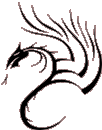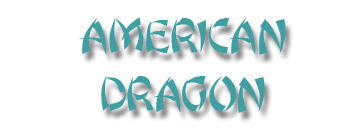POINT: UB-18 (URINARY BLADDER-18)
| English: | Liver Shu |
| Also Known As: | Liver's Hollow |
- 1.5 cun lateral to the lower border of the spinous process of the ninth thoracic vertebra
Locate at the highest visible point of the paraspinal muscles
- Oblique insertion towards the spine, 0.5 to 1 cun
- Transverse oblique insertion 1 to 1.5 cun
- Caution: perpendicular needling or oblique needling away from the spine carries a substantial risk of pneumothorax
- Straight insertion, slanted slightly toward the spine1 to 1.5 cun
Sensation: local soreness and distention, sometimes extending between the ribs - Caution: Do not needle to deeply in order to avoid puncturing the Lung
- Transverse insertion, pointed downward along the muscle1 to 2 cun
Sensation: local distention and soreness
Locate at the highest visible point of the paraspinal muscles - Puncture obliquely 0.5 to 0.7 cun
- Moxibustion is applicable
- Back Shu point of the Liver
- Spreads Liver Qi
- Regulates and nourishes Liver Blood
- Pacifies Wind
- Cools Fire
- Clears Damp-Heat
- Benefits the eyes
- Benefits the sinews
- Benefits the Liver and Gallbladder
- Subdues Liver Yang
|
|
UB-53 |
||
fullness of the hypogastrium |
Acute pain of both lateral costal regions |
Coughing and spitting of Blood |
ST-36 |
GB-15 |
|
Vomiting Blood Spontaneous External bleeding |
Liver Blood Deficiency with cloudy vision |
Superficial visual obstruction |
KI-3 |
M-HN-13
|
|
Somnolence |
Cold abdominal Shan (hernial) disorder |
Acute or chronic hepatitis |
REN-6 |
UB-20 |
|
Amenorrhea |
Acute leukemia |
Cirrhosis of the Liver |
DU-4 |
UB-17 |
|
Clears dull eyes |
Acute pain in the flanks |
Nourishes Liver Blood |
- This point is indicated for all diseases of the eyes pertaining to the Liver.
- It is generally used for Liver Qi Stagnation or Retention of Damp-Heat in the Liver
- when treating Liver Deficiency patterns, it should be needled using the reinforcing method or direct moxibustion should be applied.

